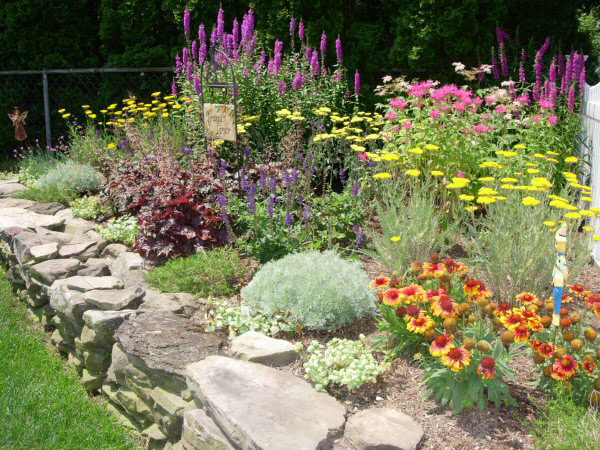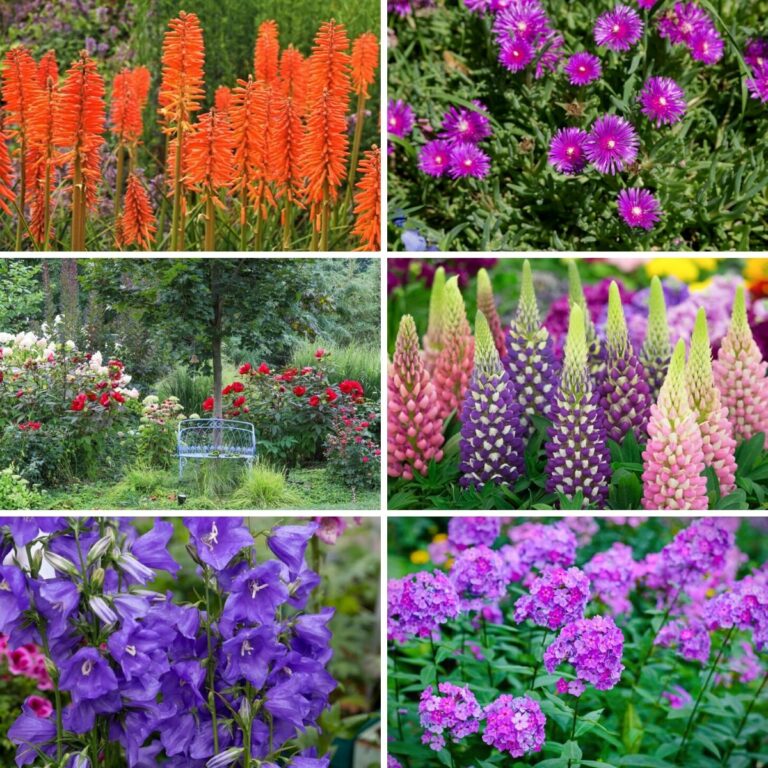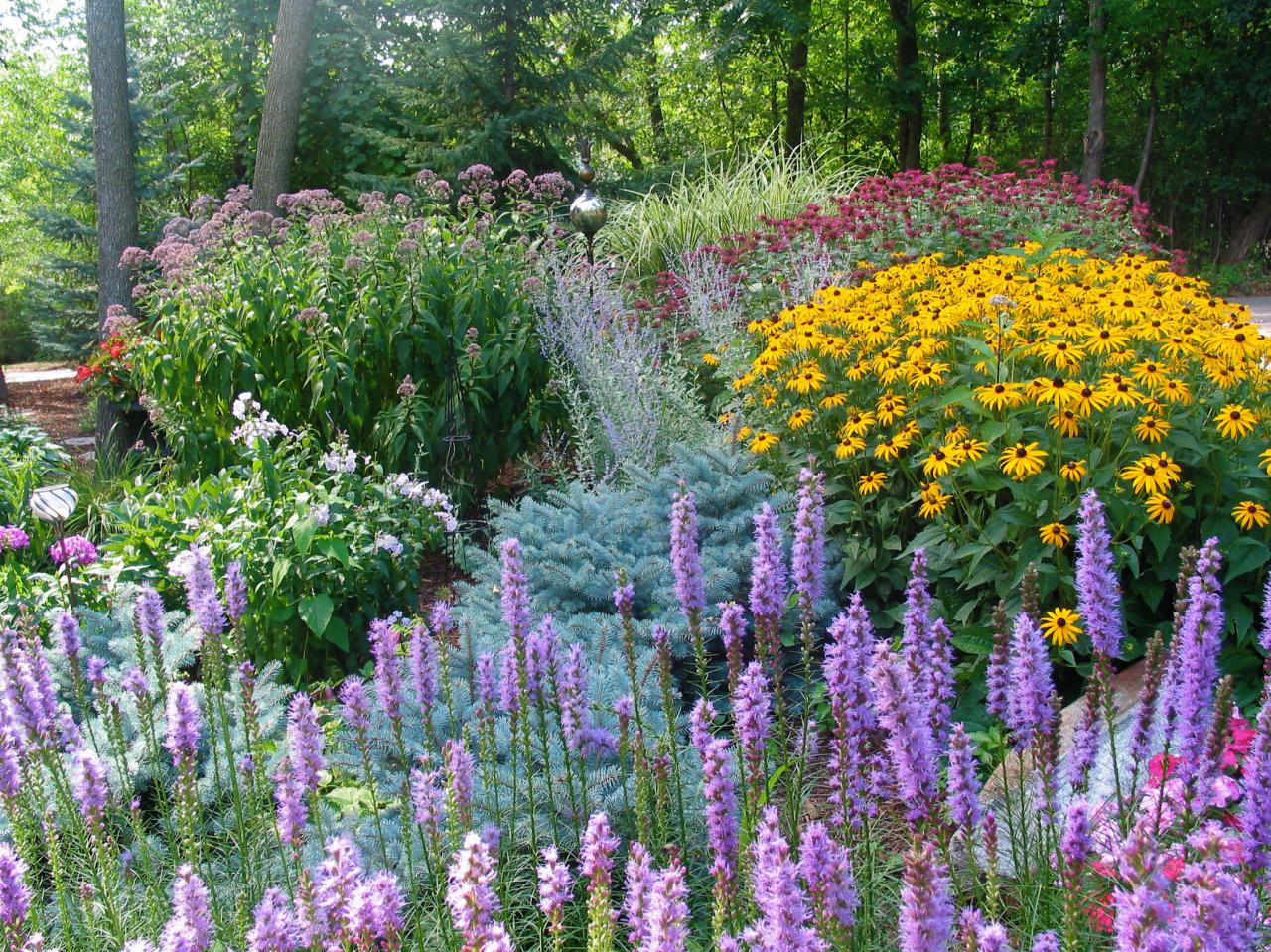Cultivating a Vibrant Perennial Oasis
Unlocking the Secrets of a Low-Maintenance Garden
Planting a perennial flower garden is a great way to create a beautiful and thriving outdoor space that requires minimal upkeep. By choosing the right perennials for your climate and soil type, you can enjoy a vibrant and dynamic garden that provides year-round interest. Perennial gardens offer a multitude of benefits, including reduced maintenance, increased biodiversity, and a stunning display of colors, textures, and forms. With proper planning and care, a perennial flower garden can become a peaceful retreat or a vibrant outdoor space that brings joy and serenity to your life. Whether you’re a seasoned gardener or a beginner, planting a perennial flower garden is an excellent way to achieve your gardening goals.
Choosing the Right Perennials for Your Climate
When it comes to planting a perennial flower garden, selecting the right perennials for your local climate and soil type is crucial. Perennials that thrive in your region will require less maintenance and care, ensuring a beautiful and vibrant garden all year round. To research and choose the best perennials for your region, start by consulting with local nurseries, gardening experts, and online resources. Consider factors such as temperature, precipitation, and sunlight exposure when selecting perennials. Additionally, think about the specific growing conditions of your garden, including soil type, moisture levels, and wind direction. By choosing perennials that are well-suited to your climate and soil type, you’ll be well on your way to creating a thriving and low-maintenance perennial flower garden.
How to Prepare Your Soil for Perennial Success
Before planting a perennial flower garden, it’s essential to prepare the soil to ensure optimal growth and health. Soil preparation is a critical step that can make all the difference in the success of your garden. Start by testing your soil to determine its pH level and nutrient content. Based on the results, add amendments such as compost, fertilizer, or lime to adjust the pH and provide necessary nutrients. Additionally, ensure good drainage by adding organic matter like peat moss or perlite. This will prevent waterlogged soil and root rot. By taking the time to prepare your soil, you’ll create a foundation for a thriving and low-maintenance perennial flower garden that will bloom beautifully for years to come.
Designing a Perennial Garden that Blooms All Season
When planting a perennial flower garden, it’s essential to design a garden that provides year-round interest. A well-designed perennial garden should include a mix of plants that bloom at different times, ensuring that there’s always something in bloom. To achieve this, consider layering plants of varying heights, textures, and colors. Start with tall plants like ornamental grasses or coneflowers, followed by mid-level plants like black-eyed susans or bee balm, and finish with low-growing plants like creeping thyme or sedum. Additionally, incorporate a variety of plant forms, such as upright, spreading, and trailing plants, to add visual interest. By incorporating a range of plants with different bloom times, textures, and colors, you’ll create a perennial garden that’s beautiful and engaging throughout the growing season.
Planting Perennials Like a Pro: Tips and Tricks
When planting a perennial flower garden, proper planting techniques are crucial for the success of your garden. To ensure healthy and thriving perennials, follow these step-by-step instructions. First, prepare the soil according to the specific needs of the perennials you’re planting. Next, dig a hole that is twice as wide and just as deep as the root ball of the plant. Gently remove the plant from its container and place it in the hole, making sure the crown (where the stem meets the roots) is at soil level. Fill in the hole with soil, gently firming it around the roots as you go. Water thoroughly to settle the soil and provide enough moisture to support establishment. Finally, mulch around the plants to retain moisture, suppress weeds, and regulate soil temperature. By following these simple steps, you’ll be well on your way to creating a beautiful and thriving perennial flower garden that will provide years of enjoyment.
Caring for Your Perennials: Watering, Fertilizing, and Pruning
To keep your perennial flower garden thriving, regular care and maintenance are essential. Watering is a critical aspect of perennial care, as it helps establish a strong root system. Aim to provide about 1-2 inches of water per week, either through rainfall or irrigation. When planting a perennial flower garden, it’s also important to fertilize annually, using a balanced fertilizer that promotes healthy growth and blooming. Pruning is another crucial task, as it helps control the shape and size of plants, promotes healthy growth, and encourages blooming. Prune perennials in the late winter or early spring, removing dead or damaged stems and shaping the plant to maintain its natural form. Additionally, deadheading, or removing spent blooms, can encourage repeat blooming and improve the overall appearance of your garden. By following these simple care tasks, you’ll be rewarded with a vibrant and thriving perennial garden that provides years of enjoyment.
Common Mistakes to Avoid When Planting Perennials
When planting a perennial flower garden, it’s essential to avoid common mistakes that can hinder the success of your garden. One of the most critical mistakes to avoid is overcrowding, which can lead to disease and pest issues, as well as reduced air circulation and light penetration. Another mistake is under-watering, which can cause stress to the plants and lead to poor growth and blooming. Neglecting soil preparation is also a common mistake, as it can result in poor drainage, nutrient deficiencies, and reduced plant growth. Additionally, failing to research and choose perennials suitable for your local climate and soil type can lead to poor performance and increased maintenance. By being aware of these common mistakes, you can take steps to avoid them and ensure a thriving and beautiful perennial flower garden. Remember, a well-planned and well-maintained perennial garden requires attention to detail and a commitment to providing the right conditions for your plants to thrive.
Enjoying the Fruits of Your Labor: Maintaining Your Perennial Garden
After investing time and effort into planting a perennial flower garden, it’s essential to enjoy the fruits of your labor and appreciate the beauty and tranquility it brings to your outdoor space. Ongoing maintenance is crucial to ensure the continued health and vibrancy of your garden. By following the tips and guidelines outlined in this article, you’ll be well on your way to creating a stunning perennial garden that provides year-round interest and enjoyment. Remember to observe and appreciate the changing seasons, as each one brings new beauty and life to your garden. Whether it’s the vibrant blooms of spring, the lush foliage of summer, or the golden hues of autumn, your perennial garden will be a constant source of delight and inspiration. By embracing the joys of planting a perennial flower garden, you’ll be rewarded with a lifelong connection to nature and a sense of pride and accomplishment.





/cdn.vox-cdn.com/uploads/chorus_asset/file/19506351/perennial_garden_xl.jpg)


